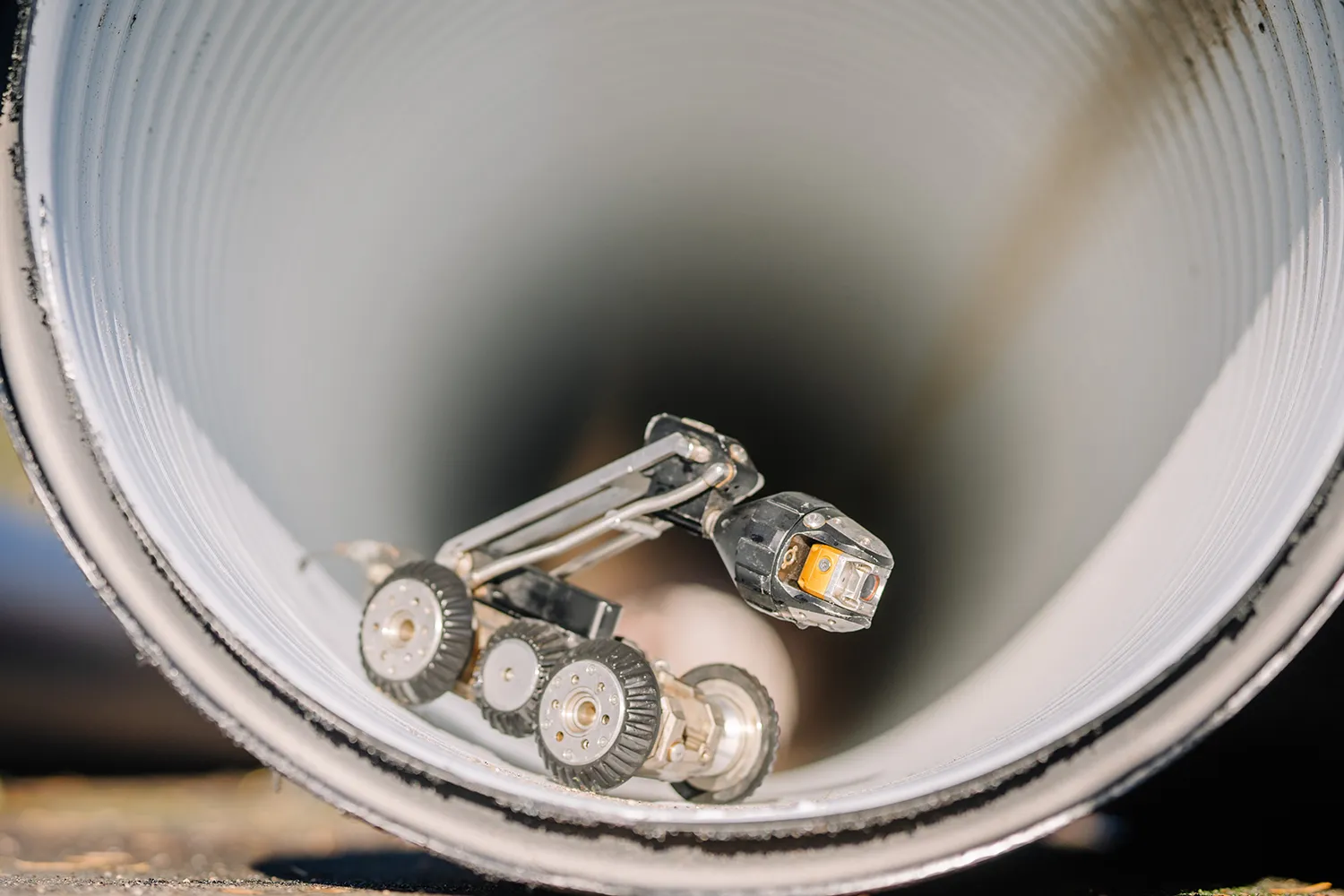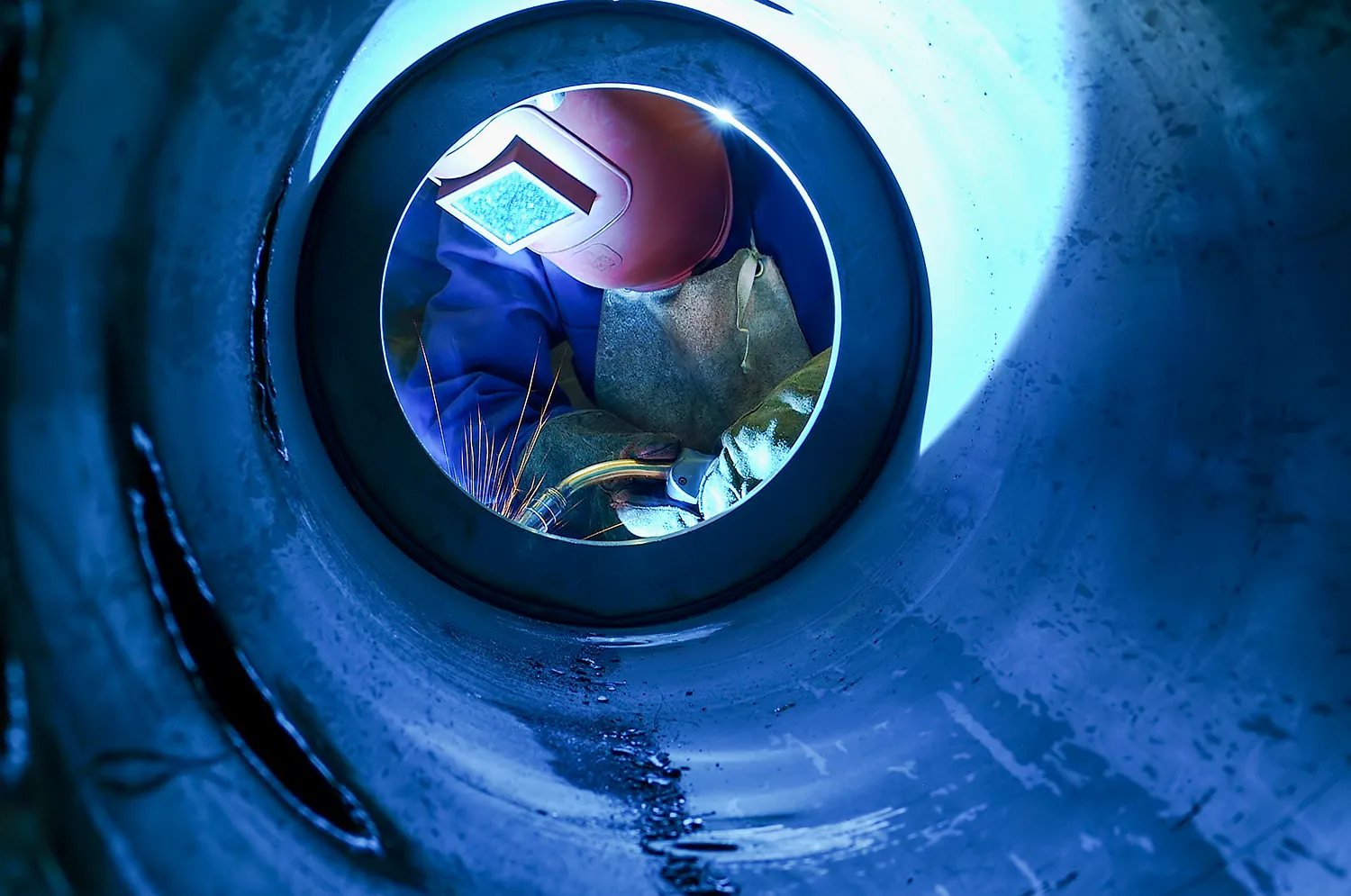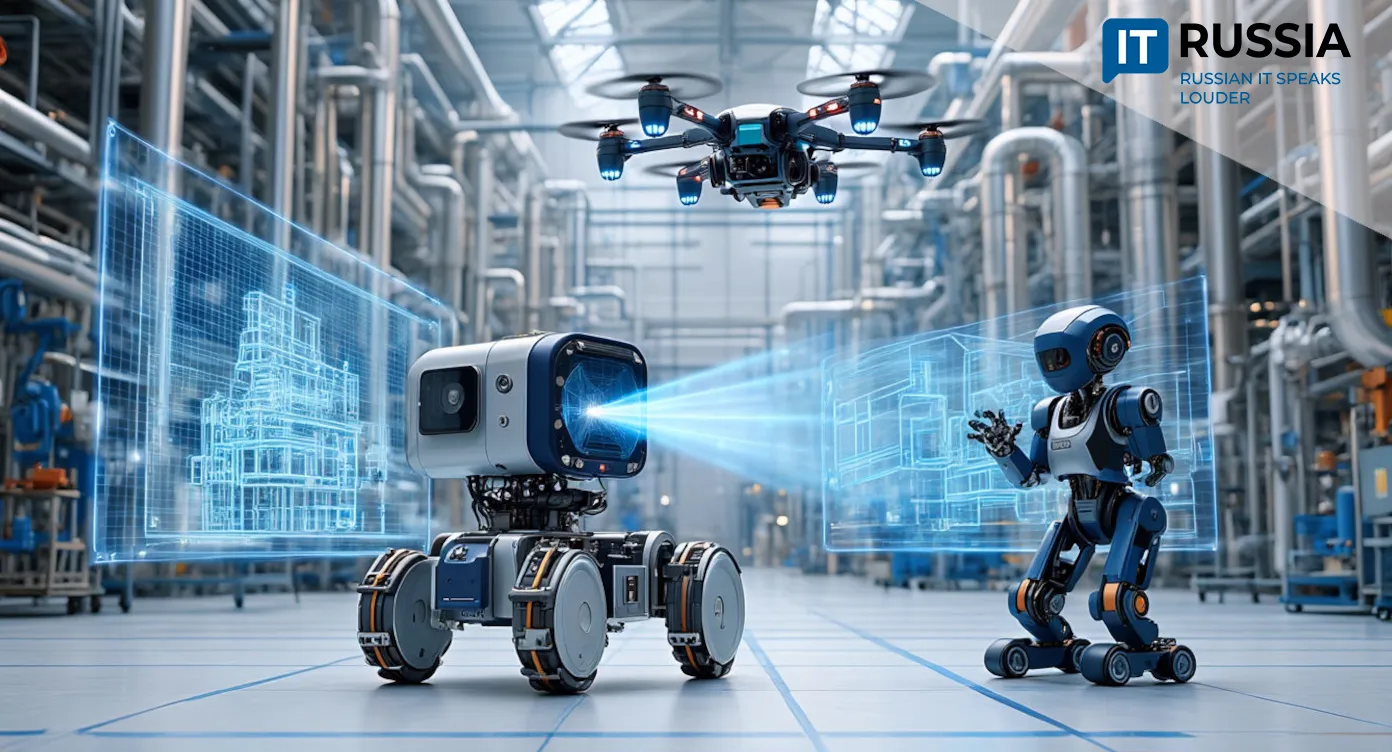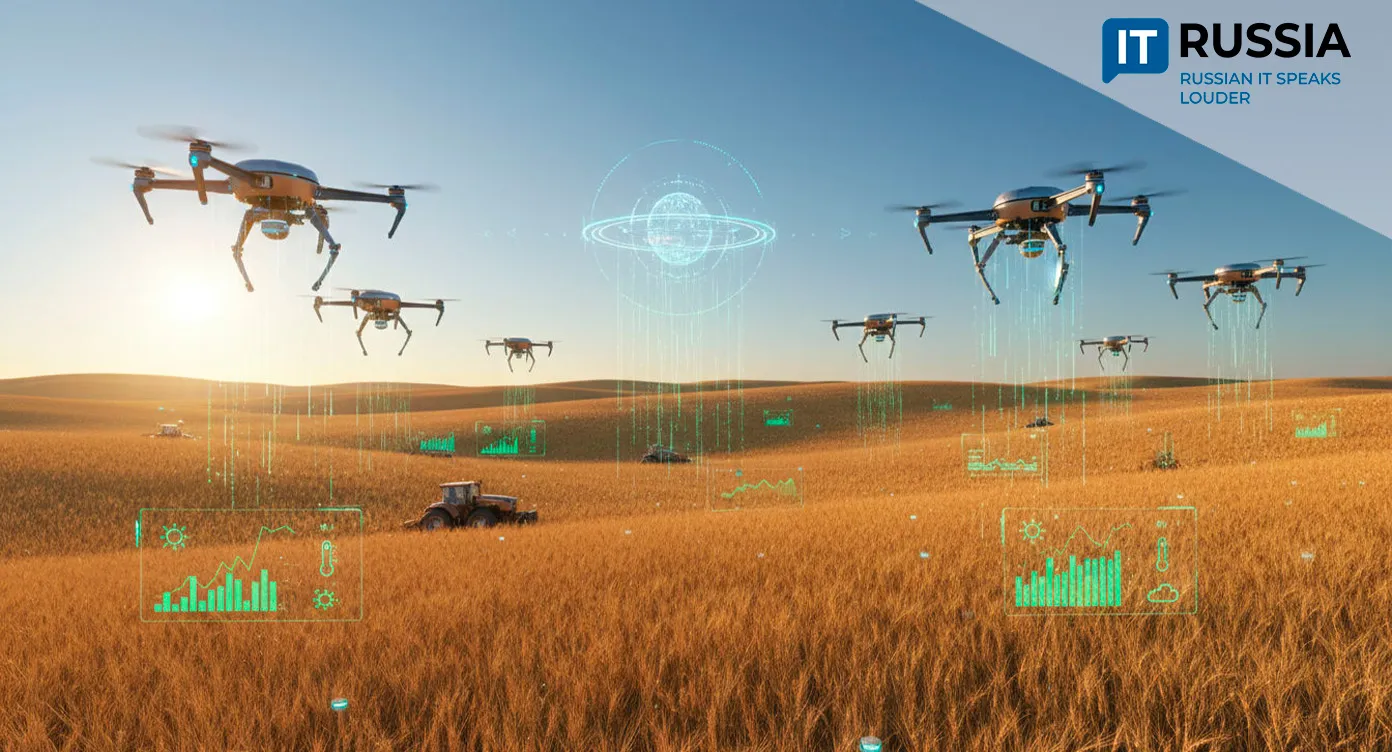Pipe-Crawling Robots Are Quietly Saving Russian Cities From Winter Blackouts

On Avtozavodskaya Street in Izhevsk, residents probably slept through one of the most important maintenance events of the season: a 1.1-kilometer-long robotic inspector crawling inside the main heating pipes from the city’s TPP-2 power plant. Built in St. Petersburg, the teleoperated device doesn’t just detect problems — it’s rewriting the rules for utilities in Russia’s notoriously harsh climate.
From Shovels to Sensors
Instead of tearing up asphalt and snarling traffic, the robot measured remaining pipe wall thickness, metal condition, and weld integrity entirely from inside the system. The company operating the network, T Plus, used the scan data to plan pinpoint repairs at sections with critical wear — protecting winter heating for 430 apartment buildings.
Early detection doesn’t just keep homes warm; it also means millions of rubles saved in emergency repairs and avoided midwinter shutdowns.

Two Decades of Robotic Evolution
Moscow has been deploying robots like this for over 20 years, but the last five years have seen the technology spread across Russia’s regions. In 2019, Tatarstan launched the country’s first robotic inspection program for municipal heating lines, borrowing techniques from the oil and gas industry.
Izhevsk joined in 2020, using Diakont robots to identify up to 70 percent of defects before they became critical — without ever touching the pavement. Since then, over 13 kilometers of pipe have been checked, including tricky segments under tram tracks and road interchanges. In 2023, the city set a local record: 1.7 kilometers scanned in one run.
Other regions followed suit. In the summer of 2023, T Plus robots inspected 8.5 kilometers of high-traffic pipes in Samara, while in 2024, St. Petersburg set a national record — 28 kilometers checked across 49 sites, uncovering 1,090 weak points and cutting defect numbers in half compared to 2023.
Next Stop: Export
Test runs have already been completed in Samara and Tatarstan, and the company sees CIS countries and Eastern Europe — where infrastructure challenges are similar — as natural next markets.

Meanwhile, smaller, faster robots are in development, capable of navigating bends too tight for current machines and moving five times quicker. Future upgrades will feed scan results directly into GIS platforms, creating “digital twins” of entire heating networks for automated maintenance planning.
The Digital Doctor for Aging Pipes
With wear levels reaching 70 percent in some Russian cities, robotic inspectors are less a novelty and more a survival tool. For T Plus, the return on investment is straightforward: fewer breakdowns, smarter repairs, and safer winters.
In the 2025 repair season, these robots will once again work ahead of the crews, flagging the most at-risk sections before a single wrench turns. In the age of smart cities, even the pipes under our feet deserve a digital doctor.











































